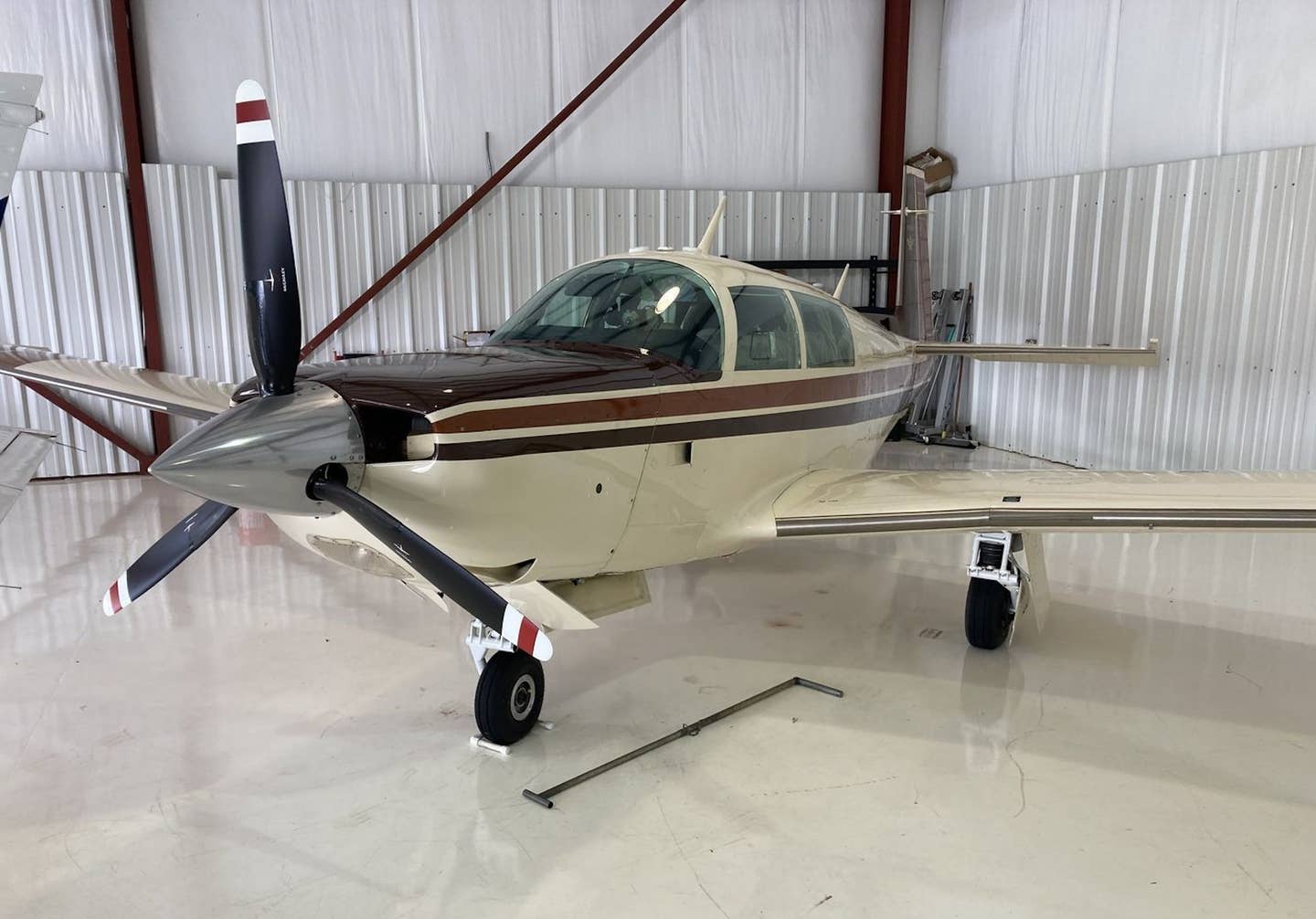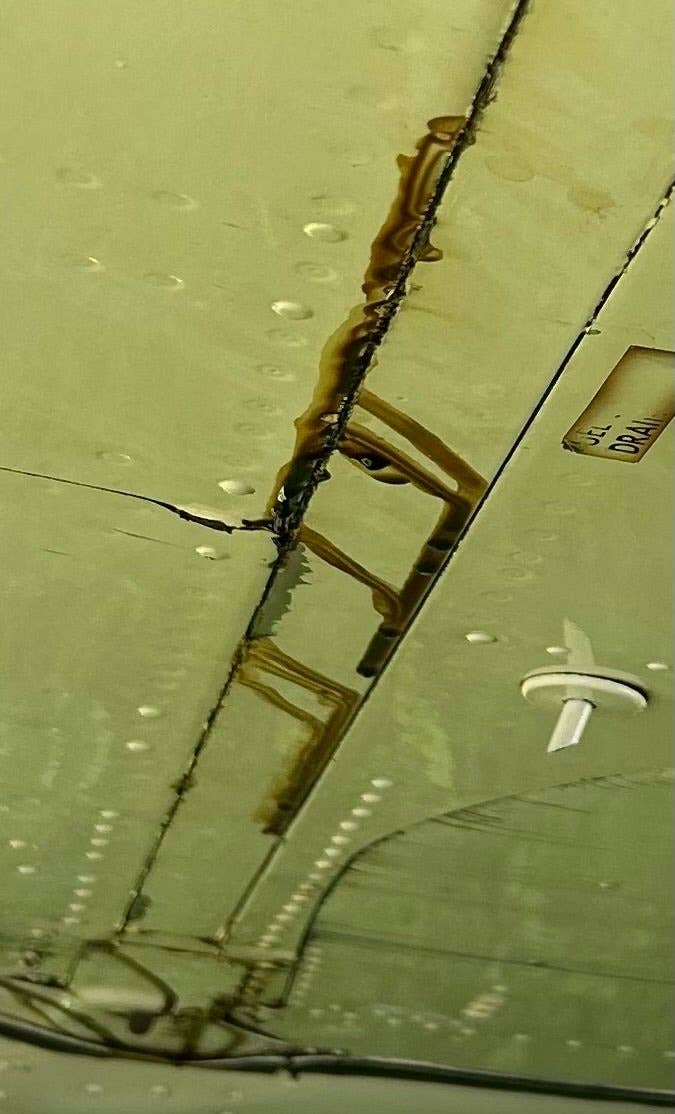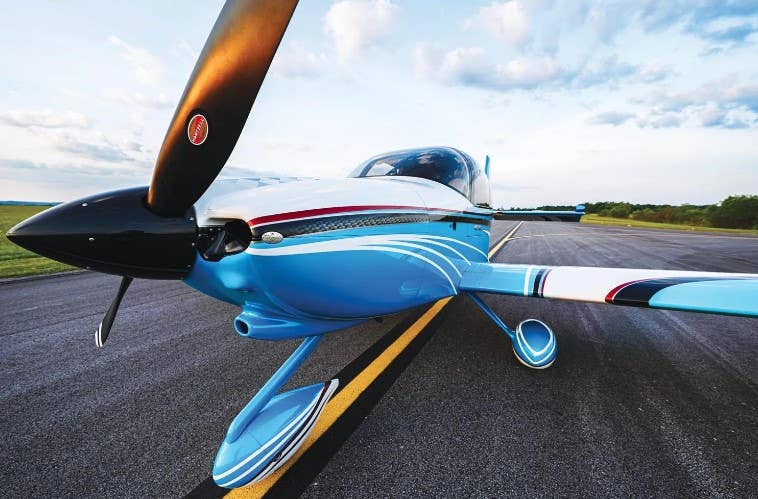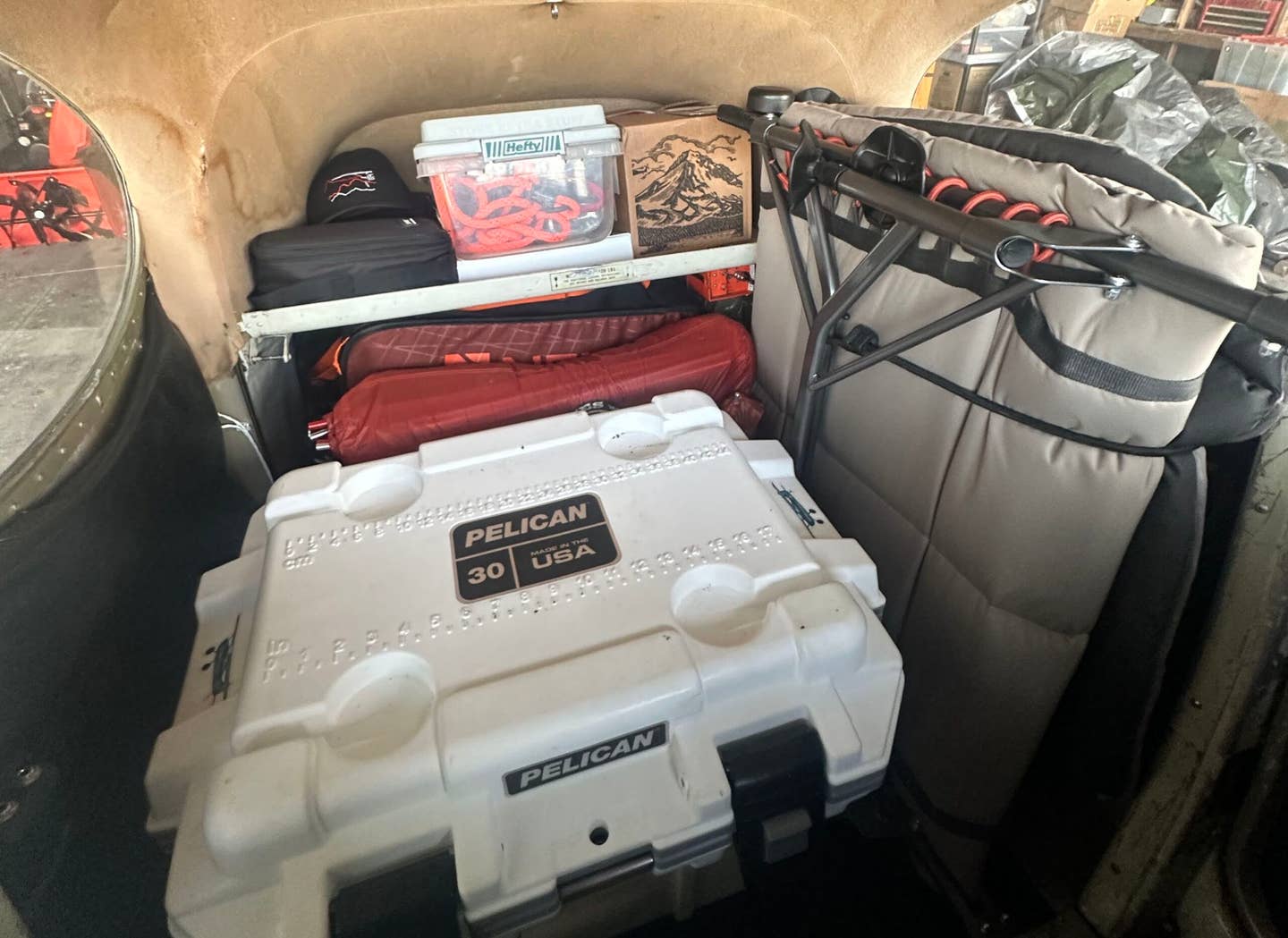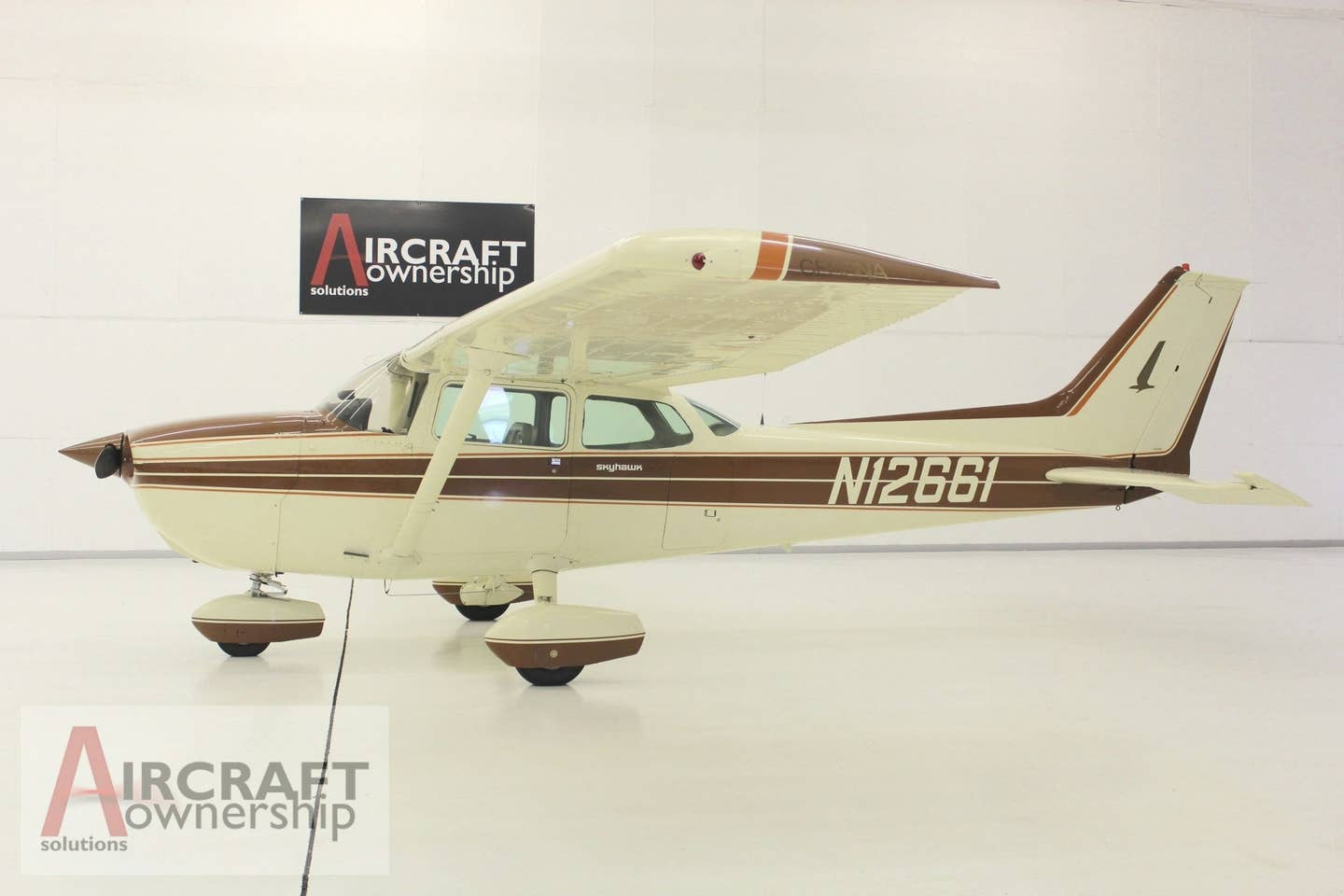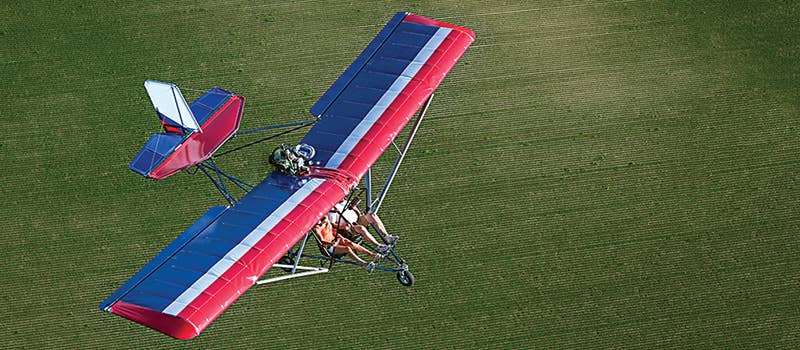
Quicksilver Sport 2SE
Perhaps you are the type of person who likes to go on road trips while traveling within the protective confines of a car. Or maybe you prefer to experience the trip with all of your senses, on a motorcycle, where you can feel the speed, touch the elements of nature, and hear and smell the environment you are traveling through. If the second category fits your personality, the journey itself is at least as important as the destination.
If that is the case, you are also likely the kind of pilot who likes or would like to fly open cockpit airplanes and ultralights. If your goal with general aviation flight is to get to a destination as quickly as you can, looking as fresh and clean as you did when you first climbed into the airplane, open cockpit flying is not for you. But the low and slow experience of open cockpit airplanes allows you a type of open-air freedom like no other.
One of the most successful wide-open-airplane manufacturers is Temecula, California-based Quicksilver. Until now, Quicksilver has offered its products only as ultralights, which are restricted to one seat, or with Experimental airworthiness certificates, which means you would have to build one, trust someone else to build one properly or join a flying club to fly one. The Experimental category also makes it difficult to obtain training. But this summer, Quicksilver achieved the special category light-sport aircraft (S-LSA) certification from the FAA for its Sport 2SE, the slightly modified, factory-made version of the experimental Sport 2S.
The Quicksilver Sport 2SE is a two-seat open cockpit airplane constructed of aluminum tubes and double-side sailcloth. The S2SE is powered by a 65-horsepower Rotax engine and has its sweet spot right around 45 mph.
The Sport 2SE is the company's first S-LSA aircraft. The two-seat, tandem-configured closed cockpit GT 500, which is type certified, is soon to follow. Quicksilver has also been producing ultralights and experimentals for decades. The company was founded by a California surfer — Dick Eipper — who started manufacturing Quicksilver ultralights in the late 1970s under the name Eipper Formance, which was a terrific play on words.
Not unlike the Wright brothers in their attempt to pioneer powered flight, Eipper mounted an engine on a hang glider because he wanted people who didn't have access to launching points for hang gliders to be able to enjoy the sport of flight. The result was the Quicksilver C, which was controlled much like a hang glider through a bar that moved forward, backward and side to side, a method known as "weight shift." He added a 12-horsepower McCullough MAC 101 engine behind the wing to allow pilots to take off from a runway rather than a cliff or hillside. If it sounds like an extreme sport, that's because it was. The stories of flights gone wrong from those early days would curl your hair.
As much as a small cadre of fanatics loved the fledgling sport, Eipper knew that a more mainstream design was needed if he wanted a larger market. So when he got requests for a design with stick-and-rudder controls he responded with the Quicksilver MX, which had two control axes. Roll was controlled with the rudder and pitch with a stick. Eventually ailerons were added to Quicksilver's designs.
Quicksilver's aircraft are often referred to as ultralights, which are governed by 14 CFR Part 103. While that designation is true for some of the company's models, most Quicksilvers are Experimental airplanes with two seats that are far too heavy and fast to fit the ultralight category. See the sidebar at end for clarification.
Despite decades of production and more than 15,000 airplane kits delivered, the Quicksilver headquarters looks far from a high-production factory. The offices and main production plant are in an industrial mall in Temecula, where most of the airplanes' components are cut, shaped and welded, and the sailcloth for the wings is cut and sown by hand.
The parts for the S2SE are organized into vacuum wrapped packages, just like those of amateur-built kits, making the assembly process streamlined. The initial assembly of the S-LSA happens in a small space at the back of the factory where the fuselage parts are put together like Lego pieces. The final assembly is completed at the French Valley Airport. Once the structure is complete, the large double-side wing covers are pulled over the wing framework like a jacket. The whole process takes about seven weeks, including the flight testing, said Will Escutia, Quicksilver's president.
As would be expected after decades in the business, the company has gone through a few ownership changes. Nearly three years ago, Escutia, a Mexican national who shares his time between his home in Guadalahara, Mexico, and Temecula, took over the operation. Escutia felt that the amateur-built category was a barrier to sales, so he embarked on a journey to bring the 2S to LSA certification. About 18 months later, he had the first light-sport airworthiness certificate for the S2SE in hand.
At first glance you may think the Quicksilver Sport 2SE is vastly different from the Tecnams, Pipistrels, Flight Designs and other LSAs that you have seen or flown, but you may be surprised to learn that there are some real similarities. Like most LSAs on the market, the S2SE is powered by a Rotax engine, in this case the Rotax 582, a two-stroke liquid-cooled engine with a gear reduction drive that produces 65 horsepower and spins a three-blade carbon fiber 72-inch propeller produced by Warp Drive — a prop that had previously not achieved an LSA sign-off. At 5.6 gph at 75 percent power, the engine barely sips fuel.
Like many LSAs, but certainly not all, the Sport 2SE has tricycle gear and the pilot and passenger sit in a side-by-side arrangement. The airplane has dual throttles and dual rudder pedals, and there is an airspeed indicator and altimeter located between the two sets of pedals, right in the field of vision as you lean back in the comfortable seat. Engine instruments are in a digital box on a crossbar above the seats.
The S2SE flies mostly like any other airplane. Push forward on the throttle and you get more power. Pull back on the stick and you climb or slow down. Push forward and you descend or pick up speed. The airplane moves in the direction of the rudder pedal you step on or the direction you move the stick.
The Quicksilver may look like a fragile piece of equipment, but that couldn't be further from the truth. Escutia said the airframe has been tested to load factors of plus-6 and minus-3 G, though not under the FAA's watchful eye or as part of any certification program.
How is open cockpit flying in an airplane descended from ultralight aircraft and built with ultralight-style materials and design any different from flying more conventional airplanes? While there are many parallels, there are some significant differences.
Since you are exposed to everything in the atmosphere when you fly an open cockpit airplane, you need to wear a shielded helmet or goggles to prevent bugs or other airborne particles from getting into your eyes. There are no luggage compartments or side pockets, so you need to wear clothes with zippers if you want to carry anything along. A flight suit is optimal.
One very important addition to the preflight is checking for loose items on your body. Anything that flies off, such as a bracelet from your arm or a cellphone out of a pocket, could fly right into the propeller, which would naturally cause an undesirable result.
As mentioned earlier, there is only one control stick and one trim lever. They are both located between the seats for easy access from either side, and the control stick is long enough for two hands in case an instructor needs to make adjustments. There are also two grips on the stick and a brake handle at its base. The brake is not unlike a bicycle hand brake, and the position can be moved up and down to accommodate hands of different sizes. Taxiing the airplane using the hand brake and steerable nosewheel is easy to get used to.
The sailcloth-covered wings produce tons of lift and the airplane easily pops off the ground in a few hundred feet. Unlike most airplanes, which have significantly different speeds during climb, cruise and descent, the Quicksilver can be flown around the same speed in all phases of flight. That speed is far slower than anything I've flown before — around 45 mph. You can cruise as fast as 61 mph, but your face will likely prefer 45 mph.
Having all senses in the breeze even allows you to get to know the feeling of different speeds. "I can tell the speed by the air going through my cheek," said Escutia.
Flying at speeds slower than the stall speed of most airplanes may sound disconcerting. But the published stall speed of the Quicksilver is just 38 mph, and that is with the power off, which is a flight regime that is best avoided unless you are practicing stalls or emergency landings. All the parasite drag created from the non-aerodynamically shaped surfaces, such as the seats and instruments, makes the airspeed deteriorate quickly once power is lost. So you need to push forward on the stick to keep the airplane flying. The S2SE is far from a glider.
The trim itself is also quite different. It consists of a lever with detents, so you need to move the lever to the left before shifting it forward or aft, which means you need to grab the stick with the other hand. Mike Chicco, a highly experienced Quicksilver instructor with whom I flew at the Skyrider Ultralights flight school in Camarillo, California, said it is generally best to keep the trim in the center unless you are going to maintain the stick position for an extended time period.
With a max gross weight of 1,000 pounds, much less than half that of a Cessna 172 and 320 pounds less than the weight limit for LSA, the Sport S2E requires very little control input to make maneuvers, but it does feel surprisingly solid in turns, climbs and descents. And the stall is very benign. With no flaps to add I just powered back and pitched up to slow down the airplane. The break didn't happen until we reached 32 mph, at least according to the airspeed indicator in the Sport S2E. That's about the speed of a road bicycle, and it felt no worse than going over a speed bump. Even if you crash the airplane during an approach to landing, the accident could potentially be no more serious than a bicycle crash, though as with any aircraft, there is real risk involved with these aircraft too if not flown within their published limits.
Another major difference with this style of aircraft is that turns are best made using only the rudder. The reason for this is that the use of ailerons creates adverse yaw — a lot of drag is created by the aileron that is deflected down. So instead of using the stick I gently pushed the rudder pedals and the cambered wings made the airplane roll. I thought this would be hard to get used to, but after a few minutes of making turns it felt comfortable.
With large power changes, which I'm used to making when starting an approach to landing, the Quicksilver responds by pitching up and quickly losing speed. In that case you need to pitch down to maintain airspeed, which means a steep approach. Chicco said it is best to make very small, gradual power changes and fly the airplane with power all the way to the ground. The technique worked like a charm, and after Chicco demonstrated a landing I was able to make the second one nearly unassisted. The third one was all me.
With the full view to the right, left, above and below, the approach feels way faster compared with the approach in the confinement of airplane walls. Gaining enough confidence to feel comfortable with that sensation would be the hardest part in transitioning to the Sport 2SE. But Chicco said I could likely transition to flying solo in a total of two to three hours of flight training. The average training time for sport pilot candidates with no previous pilot experience in the Quicksilver is about 30 hours, Chicco said
Once you gain experience in the Quicksilver, you can use other techniques to fly it. Because of the lightness of the airframe, some pilots use their body position to adjust the pitch by simply leaning slightly forward or aft in the seat. It brings the idea of flying by the seat of your pants to a whole new level.
What I personally loved the most about flying the Quicksilver was an experience I've never had after a few thousand hours of flying small airplanes. While flying the Sport 2SE with Torrey Ward, the first S2SE customer, near the headquarters in Temecula, we saw a flock of birds. Instead of blowing right by them, as I'm used to doing, we were cruising along around the same speed, truly giving the sensation of flying like a bird.
The Quicksilver Sport 2SE sells for $39,999 with a very basic panel that includes an airspeed indicator and altimeter and engine instruments. Customers can add a BRS parachute, radio equipment, a transponder and navigation equipment for an additional cost.
Quicksilver also still offers the experimental Sport 2S kit, which Escutia said can be assembled in about 80 hours. Bob Schidel, a member of the Sky Knights Flying Club in Camarillo, which operates three experimental Quicksilvers, said he can put one together in as little as 10 days. Depending on the configuration, the price of the kits range from $23,999 to $30,999.
I walked away from the Quicksilver with a strong desire to fly it again. The sensation of open cockpit flying in an airplane that feels solid in the air and on the ground is hard to beat. No, it's not an all-around airplane that you can load up and go on a general aviation vacation with, but if what you are looking for is flying for the pure fun of the sport, the Quicksilver is hard to beat.
Ultralights versus Light-Sport Aircraft
While some people still refer to all of Quicksilver's airplanes as ultralights, the designation is not accurate; they are ultralight-style aircraft. The FAA rules for ultralight aircraft under Part 103 are very restrictive, and these products are not technically aircraft, at least not by FAA definition; instead, they are referred to as "ultralight aerial vehicles" (the original UAVs). Many of Quicksilver's designs fall into the Experimental aircraft category because they have two seats and are heavier and faster than allowed under Part 103. But the S2SE is now certified under Light Sport rules. Here are some of the main differences between the two categories.
Get online content like this delivered straight to your inbox by signing up for our free enewsletter.
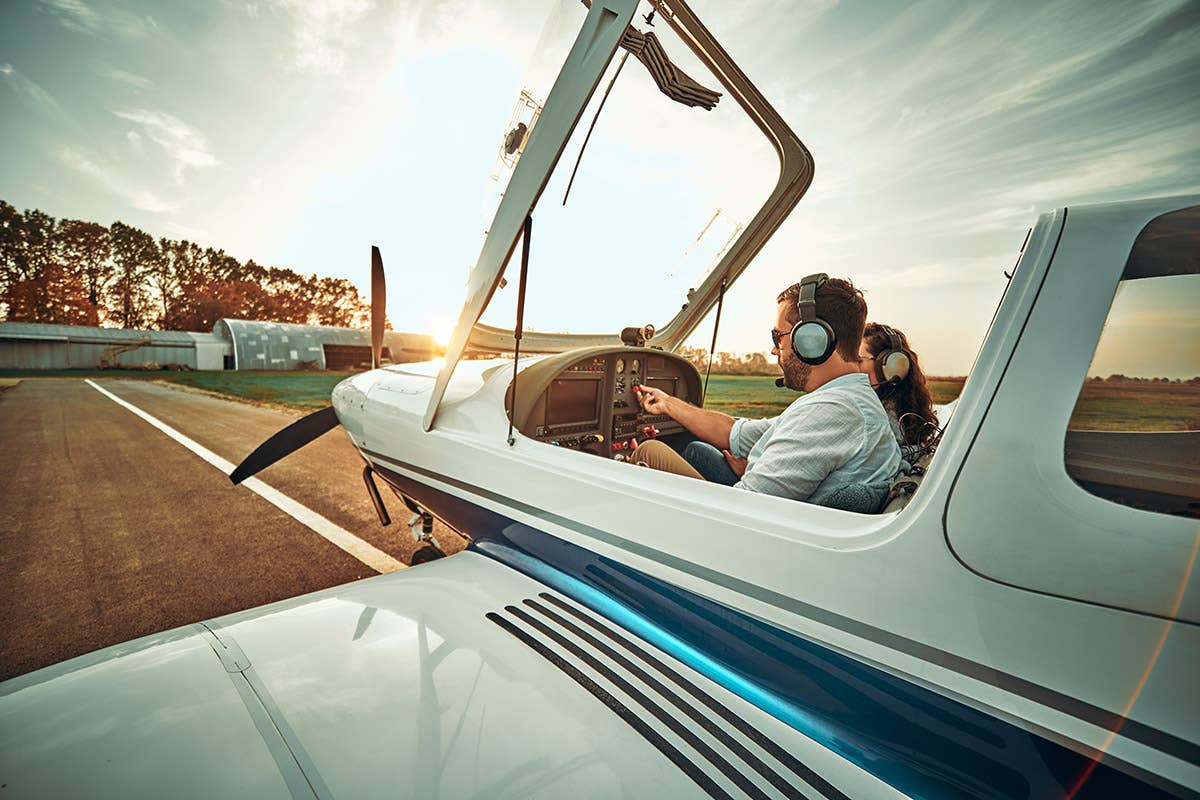
Subscribe to Our Newsletter
Get the latest FLYING stories delivered directly to your inbox

